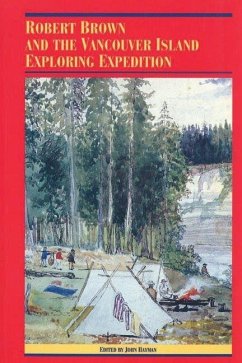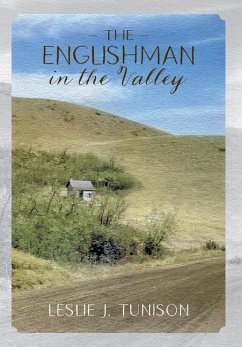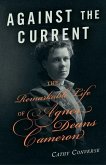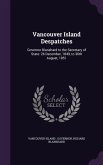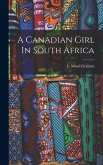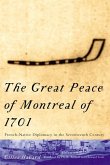Robert Brown, a twenty-one-year-old Scotsman, arrived on Vancouver Island in 1863 for the purpose of collecting seeds, roots, and plants for the Botanical Association of Edinburgh. Relations with his employer quickly deteriorated, however, and when the opportunity arose in 1864 to head the Vancouver Island Exploring Expedition, Brown eagerly accepted the position as its commander. During the four and a half months of the expedition, Brown kept a journal which is published here for the first time. It is remarkable for its record of life on Vancouver Island over a century ago and its description of the island's pristine wilderness as well as for its proposals for future economic development. The accounts of agricultural settlements at Cowichan, Chemainus, and Comox and of the coal-mining town of Nanaimo are among the earliest available. The Vancouver Island Exploring Expedition did not venture north of Comox, but it crossed the island at several points, often by new routes, and in the process left its mark by giving place names to several locations. The expedition's most celebrated achievement was the discovery of gold at Leech River, named after the second-in-command, which resulted in a short but sensational gold rush. Robert Brown was exceptionally interested in the way of life of the native people. His entries on land reserve policies and on the failure to settle land claims are especially pertinent today. Excerpts from his related writings, among them one of the earliest records of a potlatch (at Alberni) and a collection of Indian myths and legends display an appreciation unusual at that time. Most of the known drawings of the expedition by Frederick Whymper, the travelling artist, are included in the book and give a contemporary view of many of the sites the expedition encountered. A checklist of Brown's other writings on the northwest coast completes the book.

